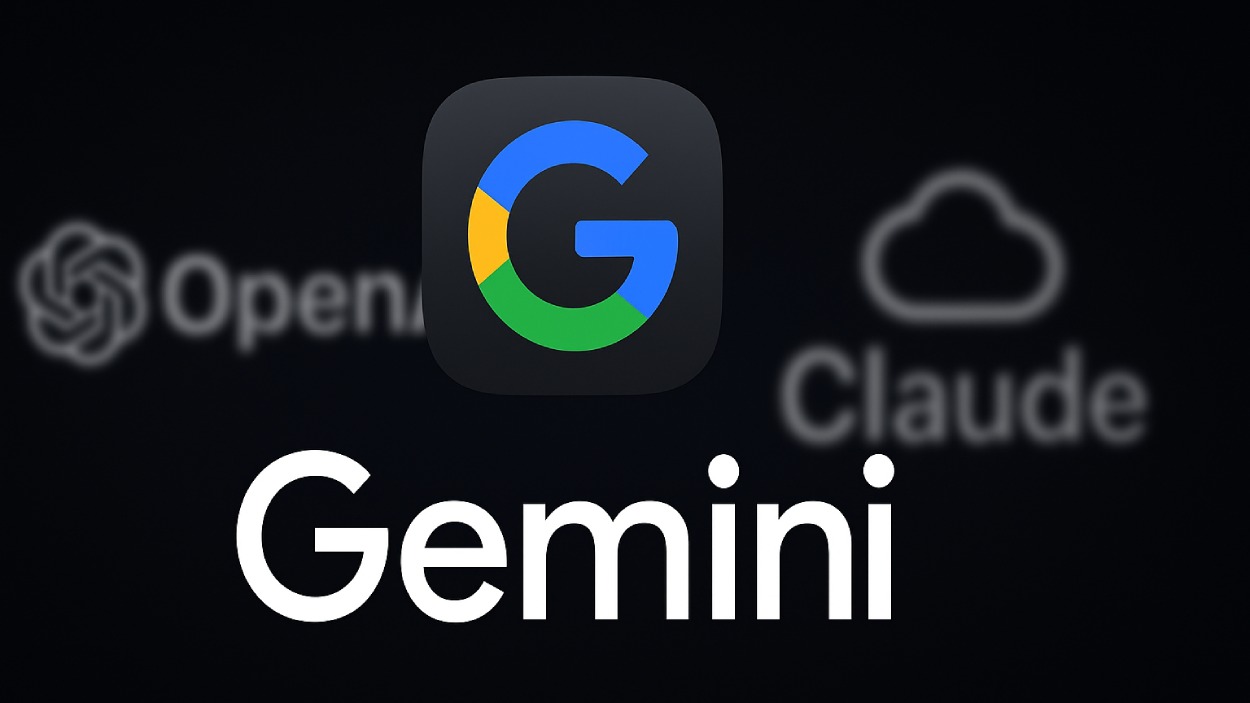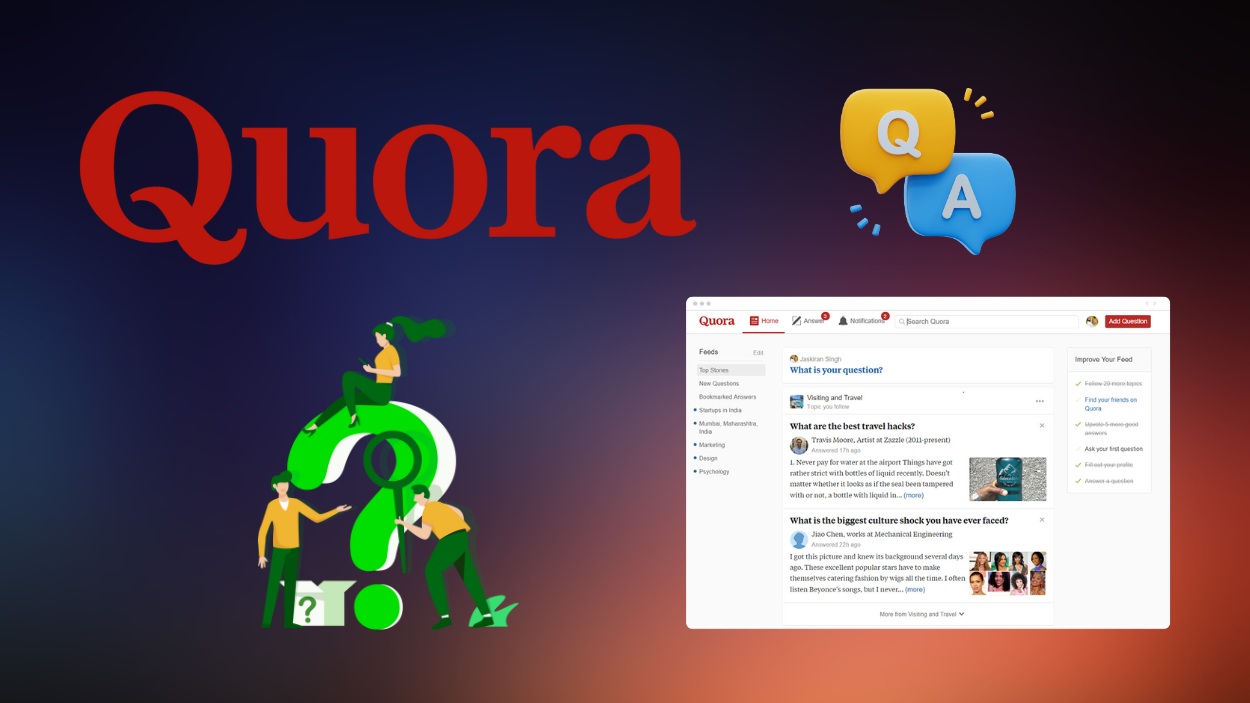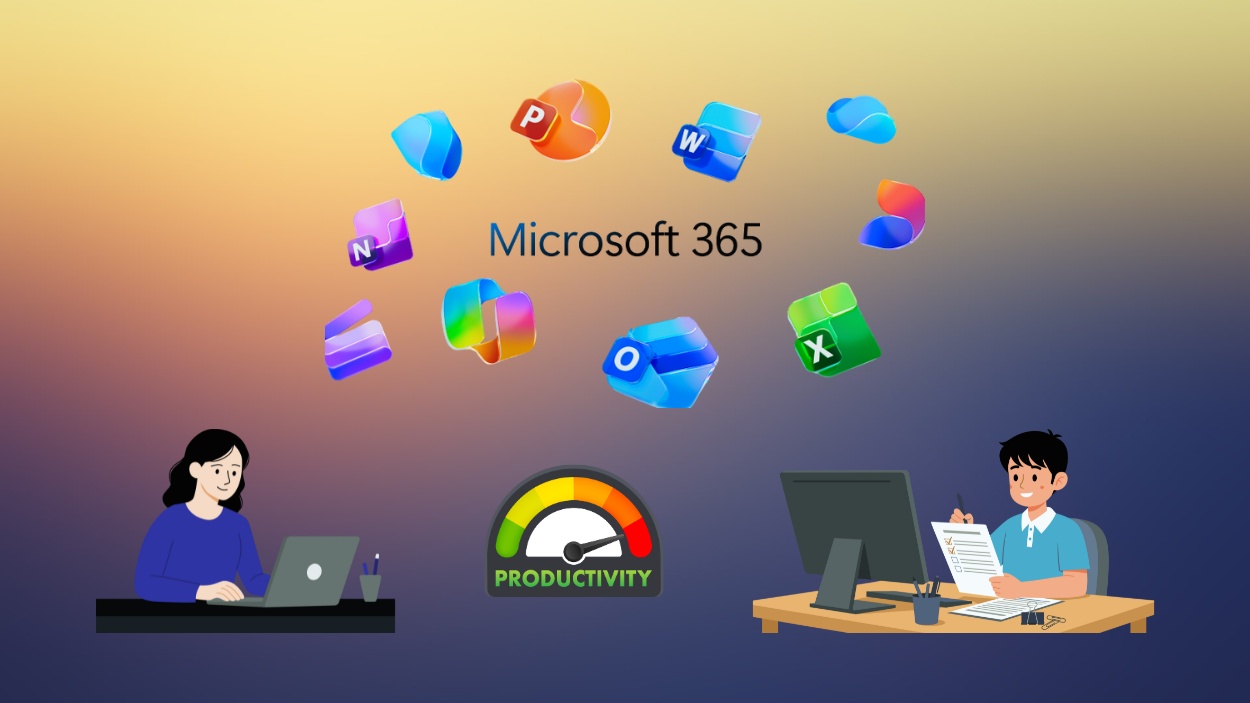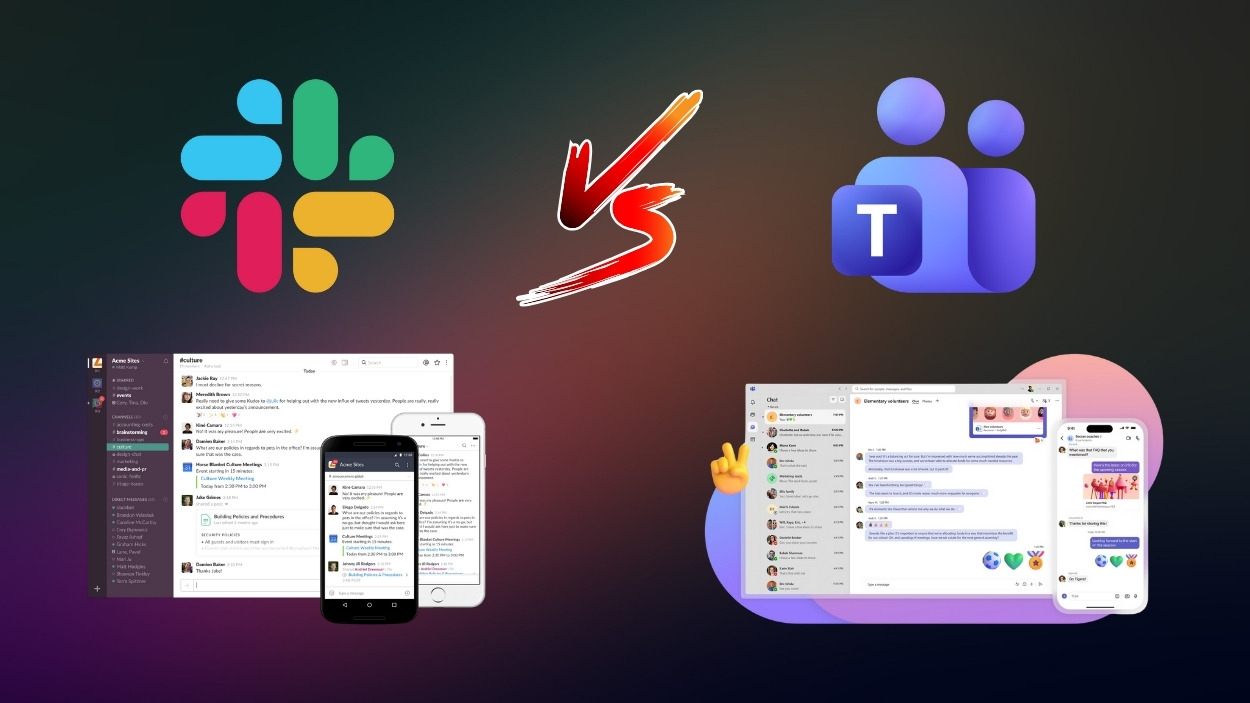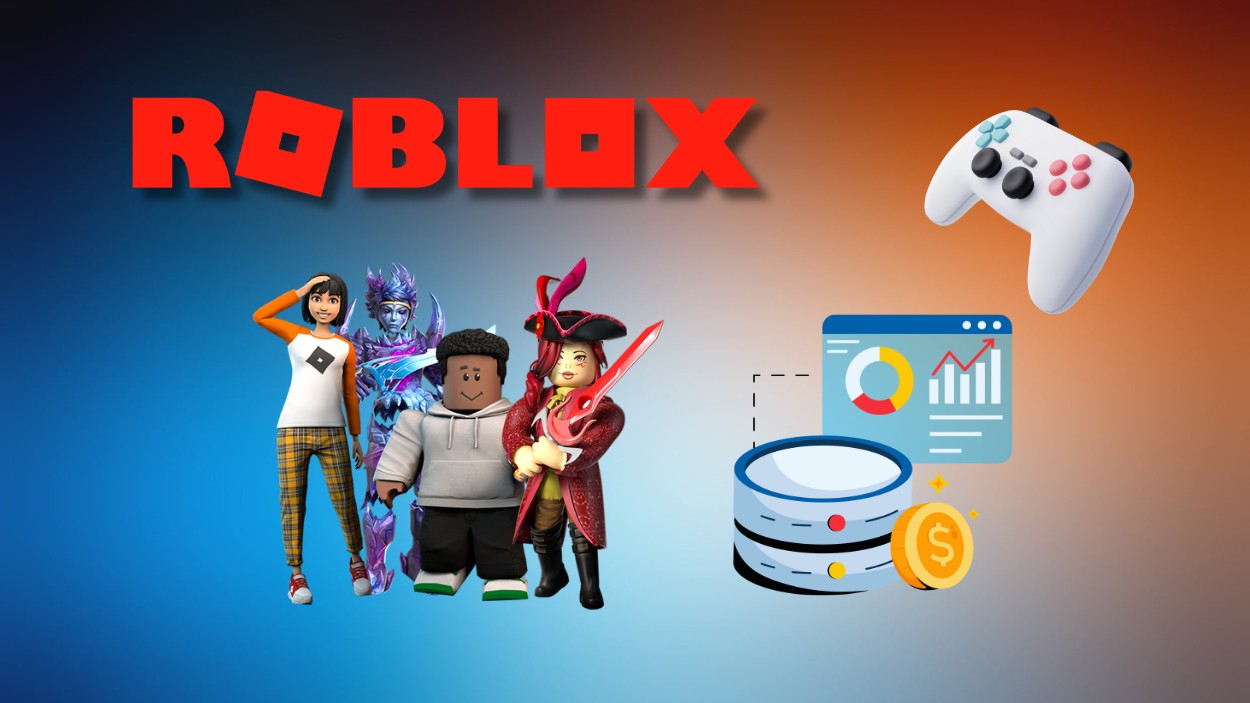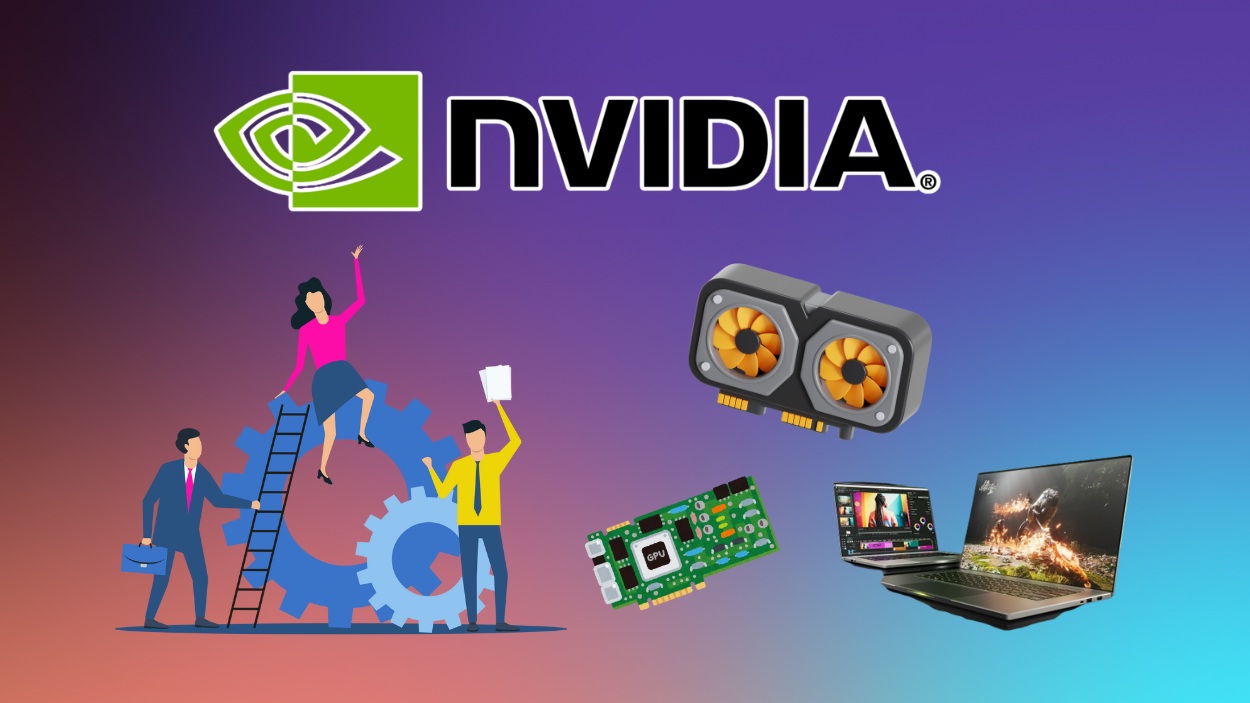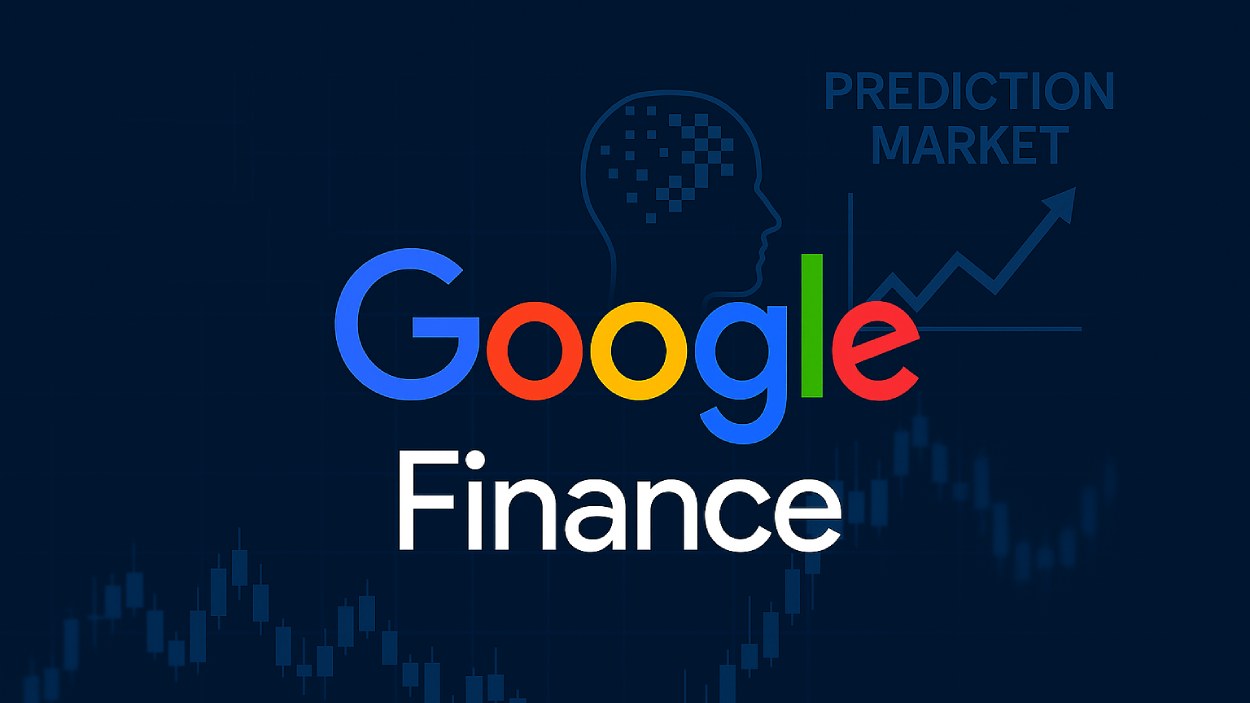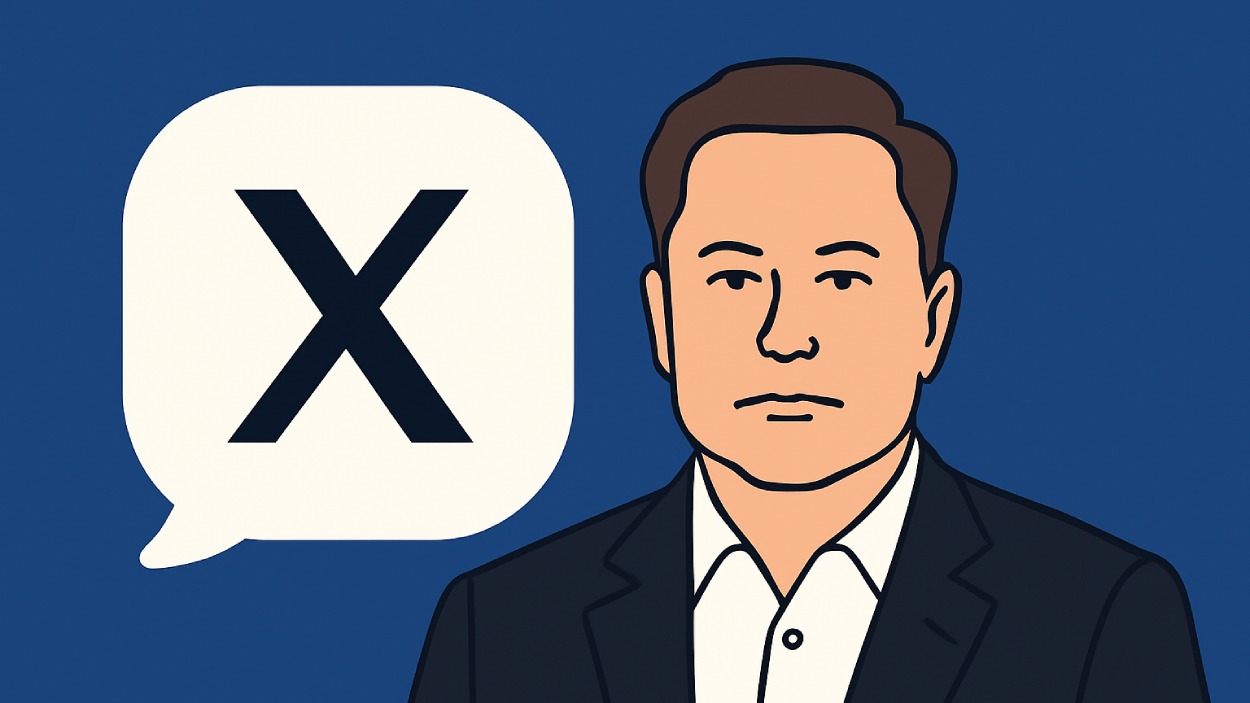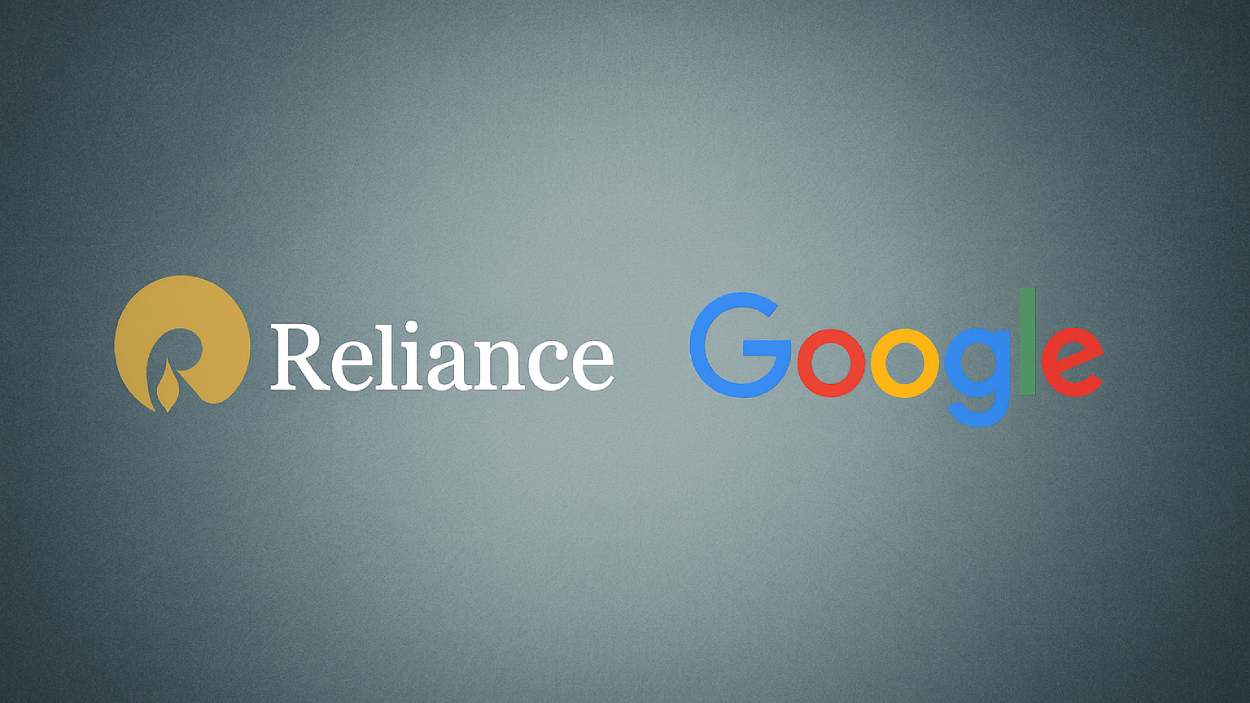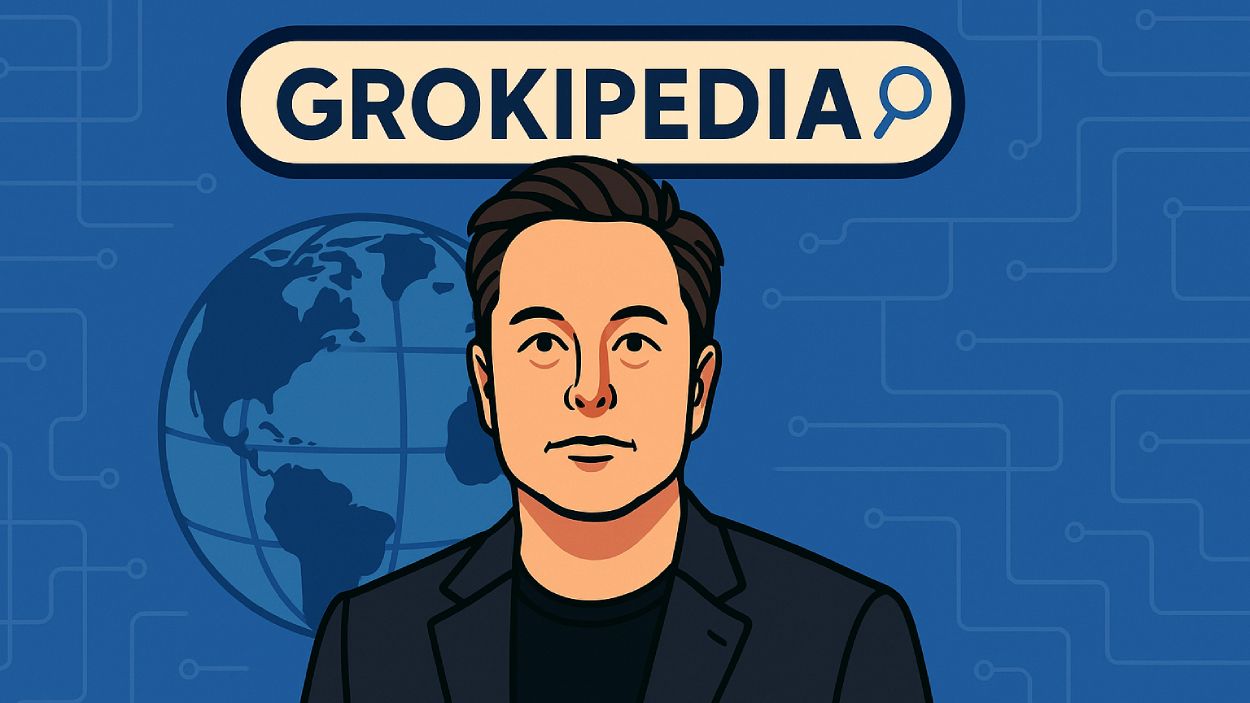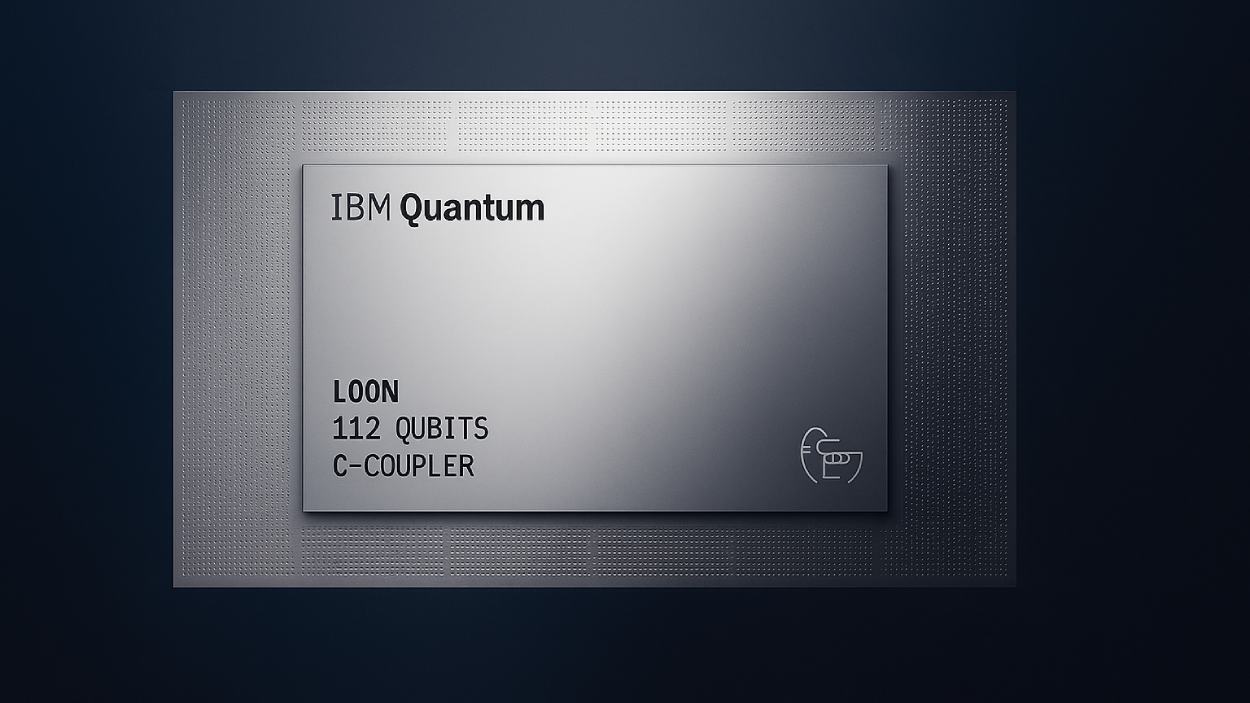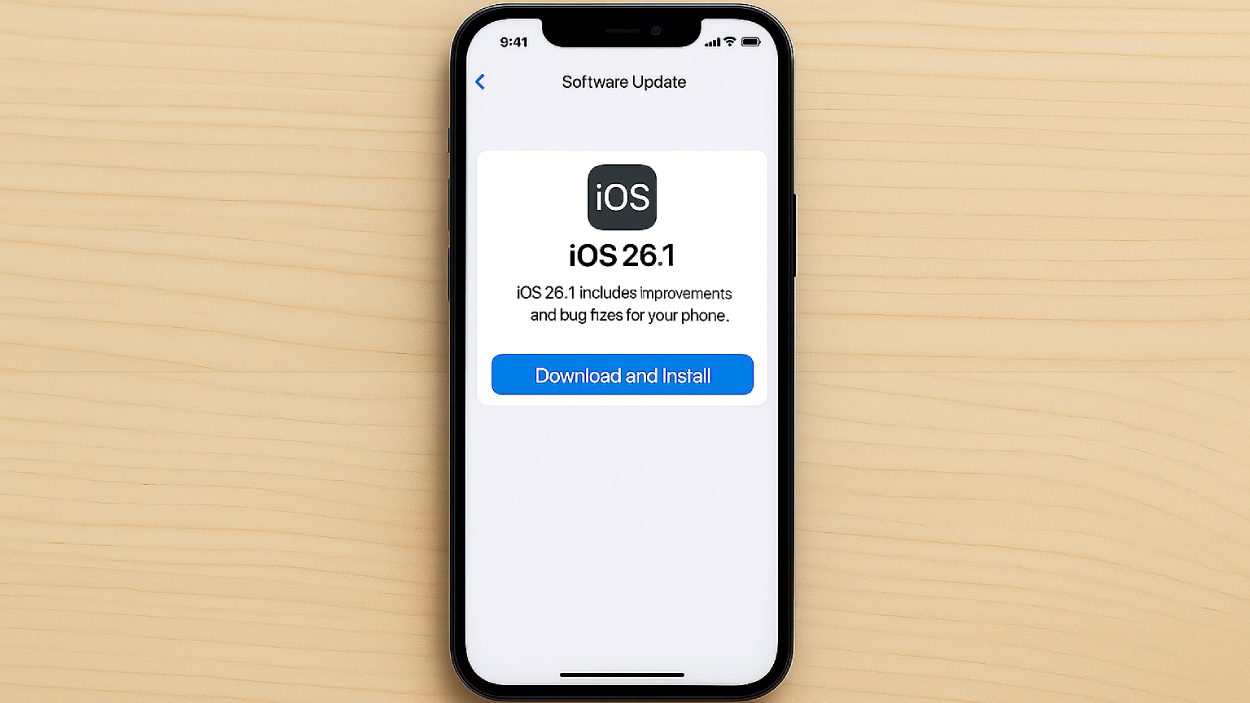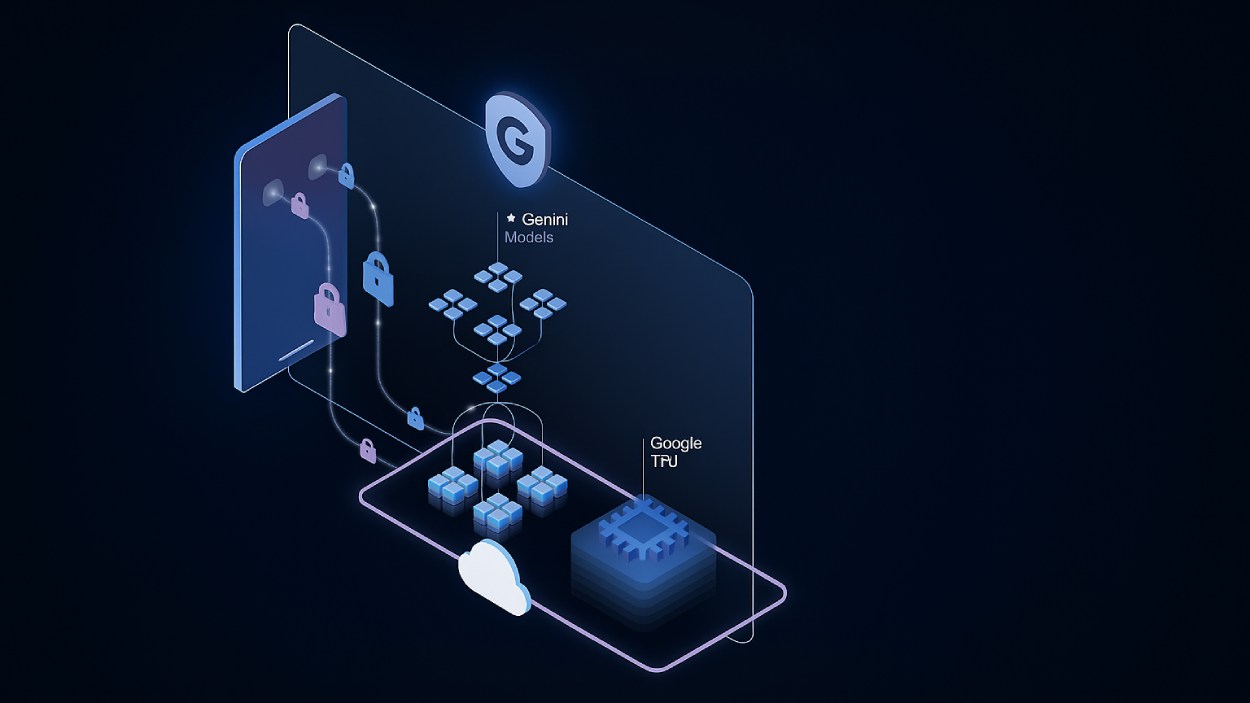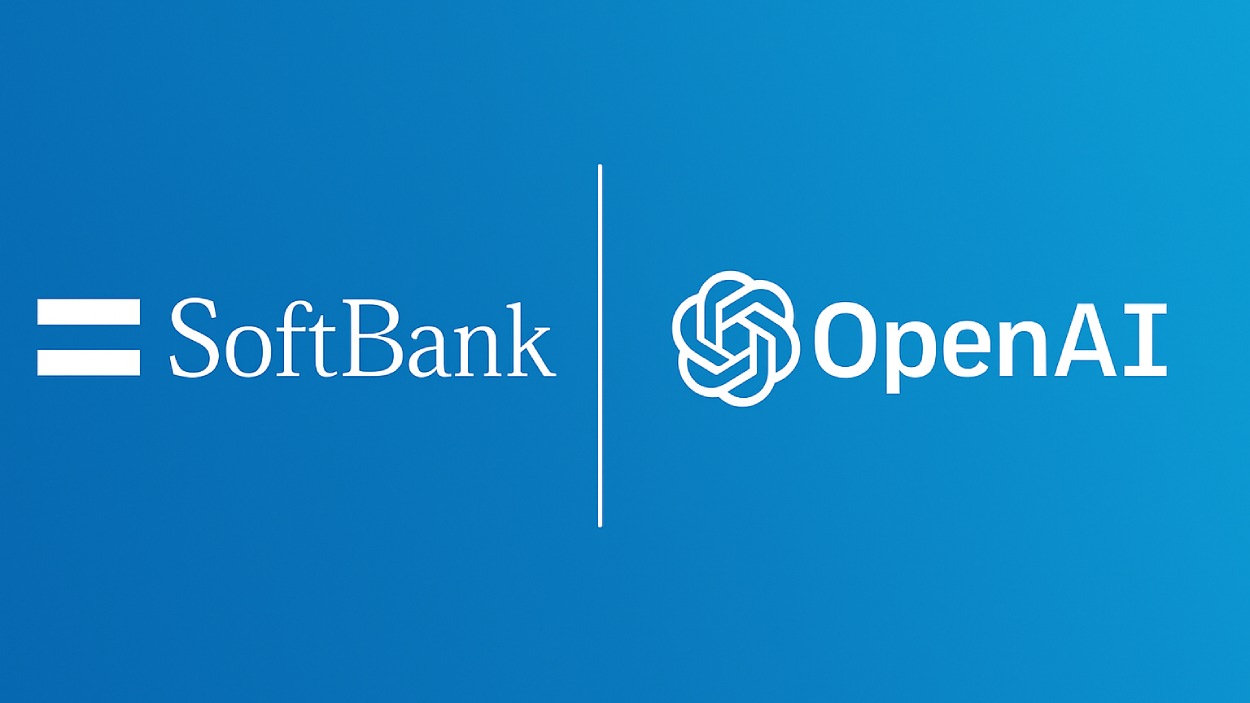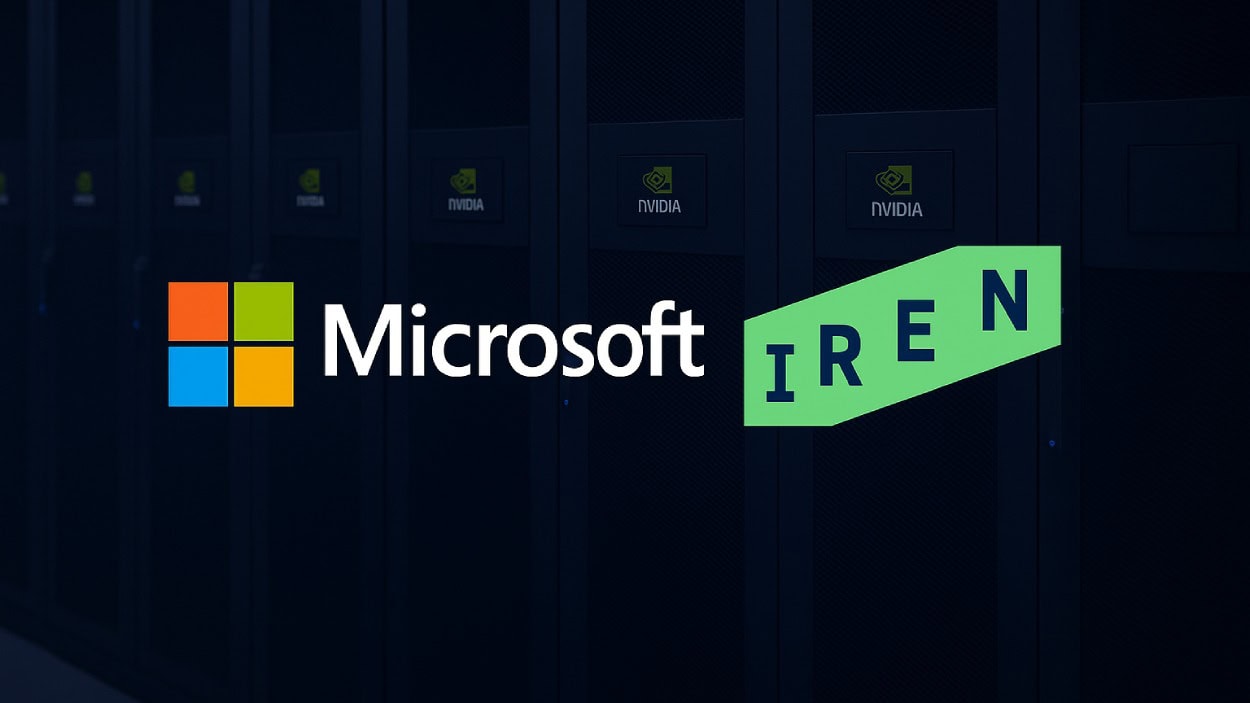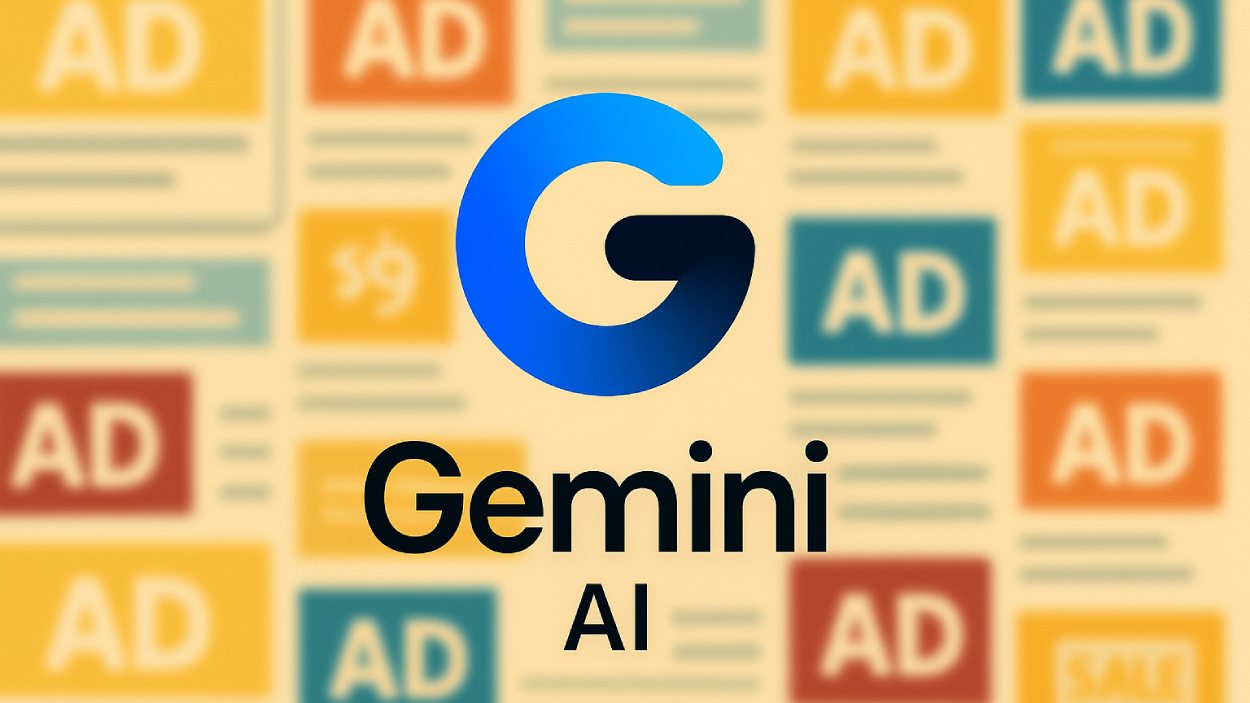In a surprising low-key release, Google quietly launched Gemini 3, its most powerful AI model to date, and it is already making waves across the tech world.
Quick Summary – TLDR:
- Google launched Gemini 3 without fanfare, first appearing in Canvas mobile.
- Early user feedback and benchmark leaks show it outperforms GPT-5.1 and Claude 4.5.
- Enterprises report major productivity gains and high retention rates using Gemini.
- The model boasts native multimodal capabilities, large context windows, and solid safety filters.
What Happened?
Instead of holding a press event or major announcement, Google rolled out Gemini 3 silently in November 2025. It first appeared in Canvas on mobile, where users quickly noticed significant improvements over Gemini 2.5 Pro. Developers and enterprise users started sharing benchmarks and real-world results that suggest Google may have finally delivered an AI model that combines power with practical utility.
Google just dropped the Gemini 3 Pro model card
— Revanth x (@sai_revanth_12) November 18, 2025
and these numbers are absolutely WILD
I spent 2 hours analyzing it so you don’t have to
Here are the 7 most insane things nobody’s talking about:
🧵 Thread 👇 pic.twitter.com/7oynbuWJpV
Gemini 3’s Quiet Arrival and Strong First Impressions
The rollout was subtle. No flashy keynote or blog post. Gemini 3 simply appeared in Google products like Canvas and AI Studio, and users began noticing the differences immediately. Reddit users reported stronger one-shot responses, clean web designs, accurate SVG animations, and flawless 3D physics simulations. The leap in performance over previous versions was obvious and consistent.
Some developers found Gemini 3 references in AI Studio and Vertex AI, labeled as “gemini-3-pro-preview-11-2025”. Additional models, including the image-focused “Nano Banana 2” codenamed GEMPIX2, were also spotted in testing, hinting at further AI developments from Google soon.
Benchmark Leaks Show Gemini 3 Pro Beating Top Models
A leaked model card revealed the performance of Gemini 3 Pro, Google’s latest flagship. On several popular AI benchmarks, it outperformed OpenAI’s GPT-5.1 and Anthropic’s Claude 4.5:
- GPQA Diamond (Scientific Knowledge): 91.9% (vs GPT-5.1’s 88.1%).
- AIME 2025 (Math): 95.0%, and 100% with code execution.
- CharXiv Reasoning (Text Synthesis): 81.4% (vs GPT-5.1’s 69.5%).
- Video-MMU (Video Understanding): 87.6% (vs GPT-5.1’s 80.4%).
While not dominant across every metric, the model consistently outperformed competitors in key reasoning and multimodal tasks. It also supports a massive 1 million token context window, making it highly scalable for complex applications.
Real-World Enterprise Wins
Where Gemini 3 really shines is in enterprise adoption. Equifax ran a trial with 1,500 employees, and 97% of users wanted to keep their licenses. 90% saw measurable gains in productivity, saving more than an hour per day. Similar success was seen at Pinnacol Assurance and AdVon Commerce, with the latter processing a 93,000+ product catalog in under a month, leading to a $17 million revenue boost in just 60 days.
These are not marketing claims. These are documented, operational improvements. When companies invest heavily and see results, it points to a shift in the real-world usefulness of AI tools.
Architecture, Training and Safety Focus
The model architecture combines multimodal transformer technology with a sparse mixture-of-experts (MoE) design. It was trained using public, licensed, and user interaction data, including synthetic content, all filtered with strict safety controls to avoid harmful or low-quality outputs.
References within AI Studio suggest that temperature settings affect Gemini 3’s reasoning ability, with defaults optimized for performance. Google seems to be fine-tuning the model in real-world settings rather than relying purely on benchmark marketing.
SQ Magazine Takeaway
Honestly, I did not expect this. After months of seeing Google stumble with privacy lawsuits and broken developer tools, Gemini 3 feels like a real turnaround. There’s no overhyped demo or CEO showmanship here, just a quiet rollout and serious results. The fact that companies are not only testing it but are eager to keep it says everything. This is not just a flashy AI, it’s an actually useful one.

